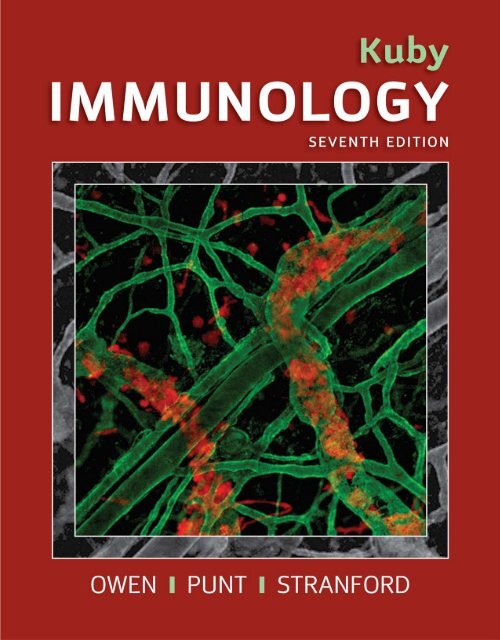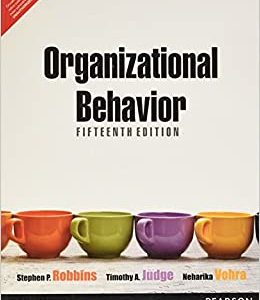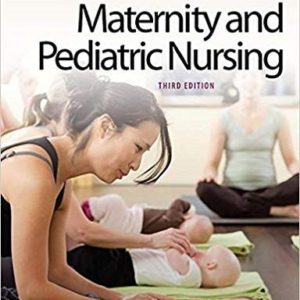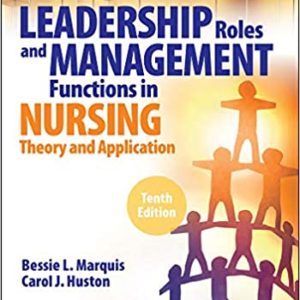Kuby Immunology 7th Edition TEST BANK
$35
Description
Kuby Immunology 7th Edition TEST BANK
Chapter 1 Overview if the Immune System
1. Which is the best definition of immunity?
A. The state of having been exposed to a pathogen repeatedly
B. The state of being resistant to reinfection with a pathogen
C. When an individual has never been exposed to a pathogen
D. When the immune system is activated
E. When physical barriers are not enough to prevent infection
Answer: B
Section: A Historical Perspective
Difficulty: 1
Hint: Vaccines can induce immunity.
2. What happens to a pathogen as it becomes attenuated?
A. It becomes more dangerous to the host.
B. It gets smaller.
C. It has weakened virulence.
D. At becomes older.
E. All of the above
Answer: C
Section: A Historical Perspective
Difficulty: 2
Hint: Attenuated viruses are used as vaccines.
3. Which of the following is the BEST example of herd immunity?
A. A child infected with measles travels from Germany to the United States.
Several babies contract the disease, but the outbreak is largely contained due
to vaccinations.
B. Certain populations of cattle are less susceptible to infection with encephalitis because of their genetic makeup.
C. Once a certain threshold of individuals has been infected with a novel h
uman pathogen, it is unlikely that any more will be.
D. Geese and chickens are infected with different strains of influenza because they express different receptors on their cell surface.
E. When infection spreads through a population, certain individuals generate stronger immune responses than others.
Answer: A
Section: A Historical Perspective
Difficulty: 2
Hint: The herd protects the individual.
4. Which of the following diseases does NOT currently have an effective vaccine?
A. Chicken pox
B. Polio
C. HIV
D. Small pox
E. Diptheria
Answer: C
Section: A Historical Perspective
Difficulty: 1
Hint: Most vaccines protect almost everyone from infection.
5. Effectors of the humoral immune system are known as:
A. antibodies.
B. immunoglobulin.
C. complement.
D. B cells.
E. All of the above
Answer: E
Section: A Historical Perspective
Difficulty: 1
Hint: There is a cellular and a humoral component to the adaptive immune response.
6. Which of the following cell types are lymphocytes?
A. Macrophages
B. Mast cells
C. Neutrophils
D. Erythrocytes
E. T cells
Answer: E
Section: A Historical Perspective
Difficulty: 1
Hint: lymphocytes are involved in adaptive immunity.
b
A. They are always derived from pathogens.
B. They are always proteins.
C. They are recognized by T cells or B cells.
D. They must be microbial in origin.
E. They usually cause cellular damage.
Answer: C
Section: A Historical Perspective
Difficulty: 1
Hint: There are many kinds of antigens.
8. Two main early theories were proposed to explain how antigen-specific an
tibodies develop: the instructional theory and the selective theory. How did the
two differ? Which was ultimately shown to be CORRECT?
Answer: The selective theory says that, when an antigen receptor binds with an a
ntigen, the cell becomes activated (or the cell is selected to proliferate and s
ecrete more copies of the receptor). The instructional theory says that the anti
gen receptor molds itself to the antigen. The selective theory was shown to be c
orrect.
Section: A Historical Perspective
Difficulty: 3
Hint: There is a cellular and a humoral component to the adaptive immune respons
e.
9. Which of the following is a fungal pathogen?
A. Vibrio cholerae
B. Leishmania major
C. Poliovirus
D. Candida albicans
E. Bordetella pertussis
Answer: D
Section: Important Concepts for Understanding the Mammalian Immune Response
Difficulty: 1
Hint: Yeasts are fungi.
10. Which of the following cell types is MOST commonly associated with recognizing antigens found inside of cells?
A. Macrophages
B. B cells
C. Th cells
D. CTL
E. Antibodies
Answer: D
Section: Important Concepts for Understanding the Mammalian Immune Response
Difficulty: 1
Hint: Viruses are found inside of cells.
11. Which of the following classes of cell surface receptors are directly encoded in the germline?
A. TCR
B. BCR
C. PRR
D. Antibodies
E. All of the above
Answer: C
Difficulty: 1
Section: Important Concepts for Understanding the Mammalian Immune Response
Hint: Some receptors are randomly generated rather than encoded in the germline.
12. What is the central mechanism for establishing self-tolerance?
A. Self-reactive T cells and B cells are killed during development.
B. Individuals that have immune systems that respond to self-antigens do no
t survive to reproduce.
C. Immune cells that react to self-antigens are turned off when they recognize self-tissues.
D. Certain immune suppressive cytokines are maintained in tissues to dampen
auto reactive immune responses.
E. Peripheral tissues have mechanisms to kill T or B cells that respond to
them.
Answer: A
Section: Important Concepts for Understanding the Mammalian Immune Response
Difficulty: 1
Hint: Central tolerance develops as cells are maturing.
13. Complete the following table comparing and contrasting innate and adaptive immune responses.
Innate Immunity Adaptive Immunity
Is mediated by what cells?
What do they recognize?
How are the receptors encoded
You must be logged in to post a review.





Reviews
There are no reviews yet.